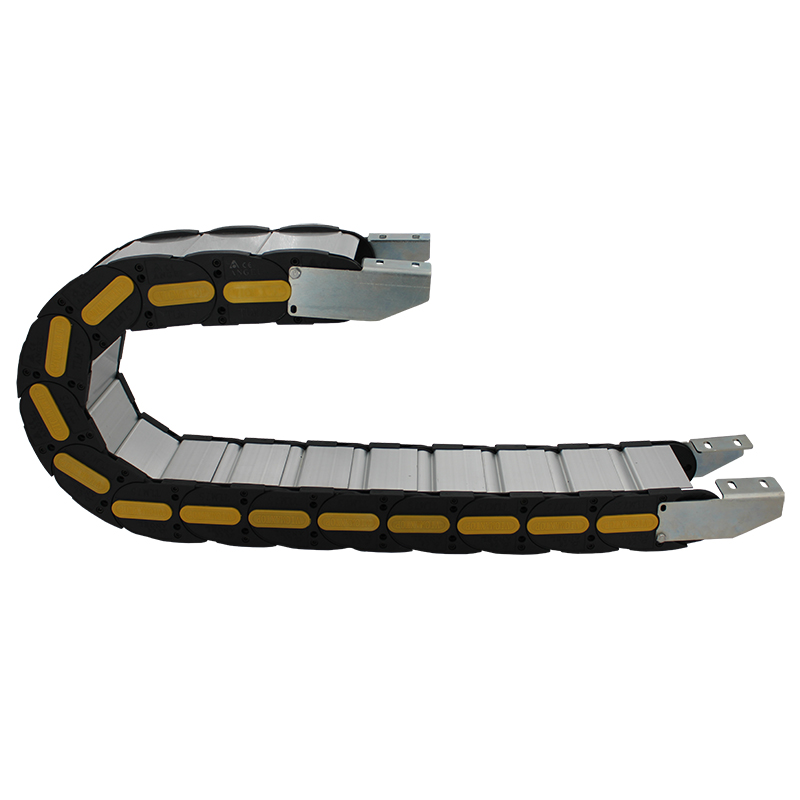Comparing Synchronous Belts and V Belts for Optimal Performance in Machinery
Synchronous Belt vs. V-Belt A Comprehensive Comparison
When it comes to powering machinery and driving components in various industrial applications, the choice of belt is critical for performance and efficiency. Two widely used types of belts are the synchronous belt and the V-belt. Each serves distinct purposes and comes with its advantages and disadvantages. Understanding the differences between these two belt types is essential for selecting the right one for your specific needs.
Structure and Design
The primary difference between synchronous belts and V-belts lies in their design and construction. Synchronous belts, often referred to as timing belts, feature evenly spaced teeth along their inner surface. These teeth fit into grooves on the pulleys, ensuring that the belt remains precisely aligned and does not slip. This tooth engagement provides synchronous movement, which is fundamental for applications requiring precise timing and control, such as in robotics or automotive timing systems.
In contrast, V-belts have a trapezoidal cross-section and are designed to operate with friction against pulleys. The “V” shape allows for a snug fit within the pulley grooves, aiding in grip and power transfer. However, the V-belt’s reliance on friction means it can slip under high loads or when misaligned, which can affect efficiency and performance.
Efficiency and Power Transmission
One of the significant advantages of synchronous belts is their efficiency in power transfer. Because of the positive engagement between the belt teeth and the pulley, synchronous belts can transmit power without the risk of slipping, allowing for higher torque application. This feature makes them particularly suited for applications where precision and reliability are paramount.
On the other hand, V-belts are known for their ability to handle shock loads and can generally accommodate minor misalignments better due to their flexibility. However, the inherent risk of slippage results in a power loss that can vary depending on load conditions. For applications where precise speed and timing are critical, such as in CNC machines or conveyor systems, synchronous belts are often the preferred choice.
synchronous belt vs v belt

Maintenance and Lifespan
When it comes to maintenance, both types of belts have their requirements. Synchronous belts are generally low-maintenance, as they do not require tensioning adjustments like V-belts do. They tend to have a longer operational life under optimal conditions, thanks to their construction that reduces wear and tear.
Conversely, V-belts may require periodic adjustments to maintain proper tension, which can lead to increased maintenance efforts. However, they are often more forgiving in terms of installation, as slight misalignments may not be as detrimental in less demanding applications.
Cost Considerations
Cost is often a deciding factor when choosing between synchronous and V-belts. V-belts tend to be less expensive upfront, making them a popular choice for general-purpose applications. However, the cost of potential inefficiencies and more frequent replacements can add up over time.
Synchronous belts tend to have a higher initial cost, but their efficiency and longer lifespan can offset this over the equipment's lifetime. Additionally, choosing a synchronous belt can reduce energy consumption and maintenance costs, making it a more economical choice for high-demand applications.
Conclusion
In summary, the choice between synchronous belts and V-belts depends on the specific requirements of the application. For projects requiring high efficiency, precision, and minimal maintenance, synchronous belts are often the superior option. Conversely, for applications that involve heavy loads and some misalignment tolerance, V-belts may be more suitable. Understanding the strengths and weaknesses of each belt type will help you make informed decisions that enhance performance and prolong the life of your machinery. Whether you prioritize cost, maintenance, or efficiency, selecting the right belt is crucial in optimizing your application's performance.








